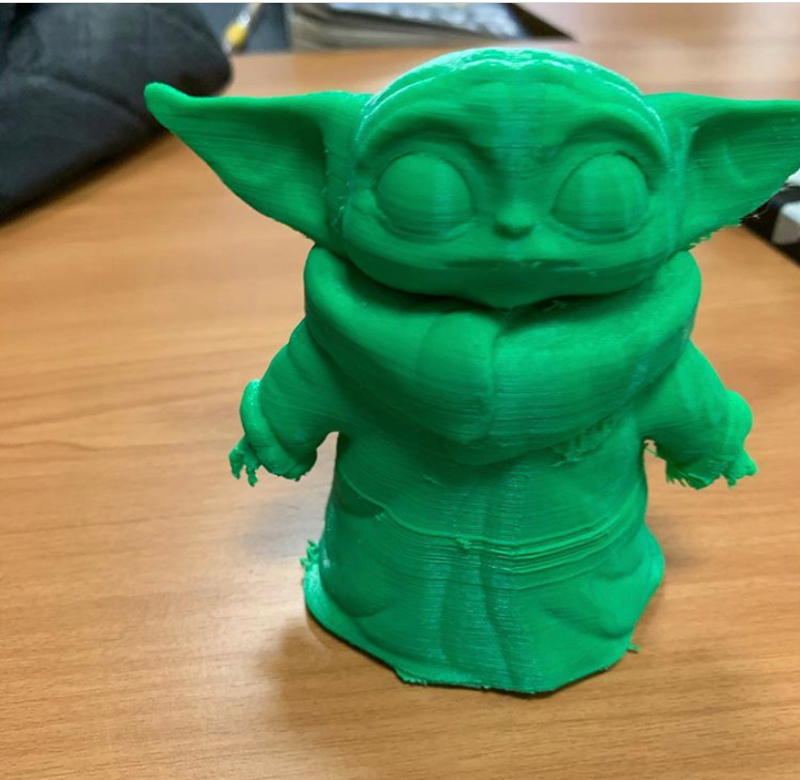We all know the power of a question Students, when challenging their parents, educators, or any authority for that matter, love asking bold questions, questions that often lead to other questions, questions that we definitely do not have all the answers to and that are more than worthy of further inquiry. This is why the Question of the Week (QOTW) project satisfies students’ perpetual curiosities and provides a framework for the bored, remote learner to fuel inspiration for learner-centered communities.
The environment of schooling might be changing due to closures, but at DREAM Technical Academies, what it means to learn is not. At DREAM, students’ interest drive their learning, which leads to high levels of ownership, engagement and hope. One example of this student directed approach is their QOTW project.
In speaking with Paraprofessional Vanessa Henjum, she states, “QOTW such a simple sounding project, but yet so powerful! The project is designed to be simple to get students used to seeing that there is learning everywhere and that the world is FULL of interesting questions. When I first came to DREAM I had a hard time understanding and picturing this form of learning, but after listening to QOTW for a couple of weeks, I started to see interesting questions everywhere.”
Students are allowed to bring any question forward as long as it follows the DREAM Rubric for Exploring a Question. Some examples of different questions students have had in just the last couple weeks include:
- Does milk have a flavor?
- How does ice float on water?
- Where do computer fonts come from?
- Why do certain drugs make you go numb?
- Why is Usain Bolt so fast, and is it possible to run as fast as him?
Vanessa continues, “The power of the learning doesn’t come from finding the answers to the questions, but in the discussion and discourse that takes place during the presentation portion of the project. This project becomes a way to build community in the advisory and promote learning at the same time. The discussions are always enjoyable to be a part of because they can flow to some interesting places. Often it can prompt more questions or students will choose to dive deeper on a topic based on the discussion.”

While students at DREAM initially start breaking down what seems like simple questions, this project also becomes a consistent way for students to earn a steady influx of credit every week. The staff at DREAM encourage students to explore their QOTW with potential for expansion into larger projects, as they typically keep 3 individual projects open each week along with their QOTW. This helps them to dive deeper into the depth and complexity of their questions alongside their project work. “This helps them to see progress and can help “unschool” them from their previous settings”, adds Vanessa.
“The topics discussed at times lead to a new more in-depth project, sometimes by the student doing the research and sometimes by students who are participating in the conversation. A QOTW can become a bigger project for the student as they start digging into their research and find some fascinating aspect of the question that they were not originally expecting, or while they are participating in the discussion someone brings up a new idea on the topic that causes the student to dig deeper into the topic. Part of the beauty of QOTW is the opportunity for students to inspire each other. This inspiration can cause the student to make a new QOTW project for the next week, or I have even seen groups of students join up to create a larger project together based on an idea that was discussed. Headrush is used as a tool to house these projects”, states Vanessa.
While remote learning has often left us feeling disconnected from project-based opportunities, QOTW is a simple but powerful tool that can foster a learning-centered culture and restore intrinsic motivation and curiosity in your virtual classroom. This all works because of the community that QOTW builds in the space.
“It is a time that is dedicated to being curious with each other, which,” Vanessa asks, “isn’t that what learning really is? As we sit in the circle and everyone takes a turn presenting their question, staff are encouraged to participate as well, the discussion begins to unfold. Since we all have computers on our laps, we will even look up ideas quickly. This only adds to the discussion and helps students keep moving forward with learning on a topic, the presentation is not the “end” of the learning, but another point on the journey.”